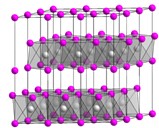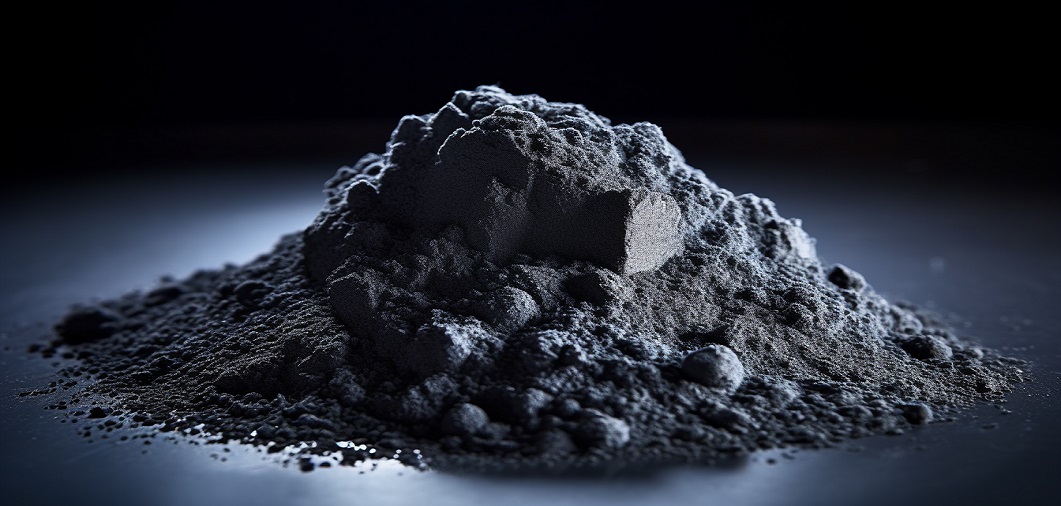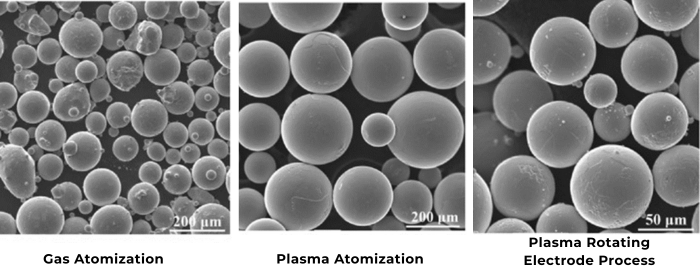

Chromium Bromide powder, with the chemical formula CrBr₃, is an inorganic compound containing chromium and bromine. It usually appears as a dark green or dark gray powder. CrBr₃ has a layered structure, similar to graphite, and exhibits the characteristics of two-dimensional (2D) materials. For this reason, it is often used to produce two-dimensional materials.
 Bromide (CrBr3) Powder.png)
Fig 1. Chromium(III) Bromide (CrBr3) Powder (CAS No. 10031-25-1)
The 2D material characteristics refer to unique properties shown by materials with a thickness of only one or a few atomic layers. These properties include high electron mobility, strong in-plane strength, excellent optical transparency, high thermal conductivity, and quantum effects. Such characteristics give 2D materials great potential in electronics, optics, sensors, energy storage, and nanotechnology. Besides Chromium Bromide, other materials like graphene, molybdenum disulfide (MoS₂), and hexagonal boron nitride (h-BN) also possess 2D material properties.
Note: Although the powder form may not necessarily be a two-dimensional structure, it can be transformed into a two-dimensional material through appropriate processing and preparation techniques, such as chemical exfoliation or epitaxial growth.

Fig 2. Two-dimensional structure of chromium bromide powder
In addition to its 2D material properties, Chromium Bromide has an important feature that affects its applications. It shows ferromagnetism at low temperatures. The critical temperature (Curie temperature) of CrBr₃ is about 37 K (Kelvin). Below this temperature, the spins in CrBr₃ spontaneously align, giving the material ferromagnetic properties.
The main applications of Chromium Bromide powder are in research and high-tech fields, particularly in material science and electronics.
.png)
Fig 3. Common uses of CrBr₃
Chromium Bromide powder can be used to make thin-film coatings for optoelectronic detectors, especially in devices that combine magnetic and optical properties. Its special magnetic behavior allows potential advancements in optoelectronic applications.
Owing to the low-temperature ferromagnetism shown by it, Chromium Bromide is considered for ultra-low temperature operating magnetic memory devices. Such devices make use of the magnetic property of this material in high-density recording and reading of data.
The magnetic properties of Chromium Bromide give it the potential for very sensitive magnetic sensors, finding applications in detecting weak magnetic fields and precise positioning systems.
Although less common, Chromium Bromide is sometimes used as a catalyst or catalytic precursor in types of chemical reactions that support certain pathways in organic syntheses.
The purity of Chromium Bromide directly impacts its applications, especially in electronics, optics, and chemistry. Higher purity reduces the risk of conductivity changes and instability in material properties caused by impurities.
Chromium Bromide (CrBr₃) in powder form can be used in electronic and optical fields, especially for specific applications. Although single crystals or high-quality crystalline materials are more commonly used in these areas, Chromium Bromide powder has its own advantages.
Powders of Chromium Bromide are more easily processed into thin films or coatings by the spraying, coating, or solution processing methods. This flexibility makes it suitable for producing large-area devices or multilayer structures and can reduce manufacturing costs and simplify production processes by adapting to different substrate materials.
Its surface area is higher in powder form, which enables better dispersion and hence better reactivity when composite materials are being prepared. On the other hand, in electronic materials, Chromium Bromide could be used as a part of the mixture to enhance the overall conductivity of the material or any other functionality.
The changes in particle size and morphology could be tailored into a desired form for the fulfillment of different application requirements by adopting another preparation method, such as wet chemical processes or mechanical grinding. This is very helpful in fabricating thin-film materials which have specified optical or electronic properties.
Stanford Advanced Materials (SAM) provides high purity Chromium Bromide (CrBr3) powder. If you are interested, please Get A Quote and learn more details.
Purity range:
As 2D materials continue to develop rapidly in electronics, optics, and magnetics, Chromium Bromide is considered an attractive research subject due to its ferromagnetism and layered structure. With further research, CrBr₃ holds broad prospects for applications in studying low-dimensional magnetism and quantum physical phenomena.







